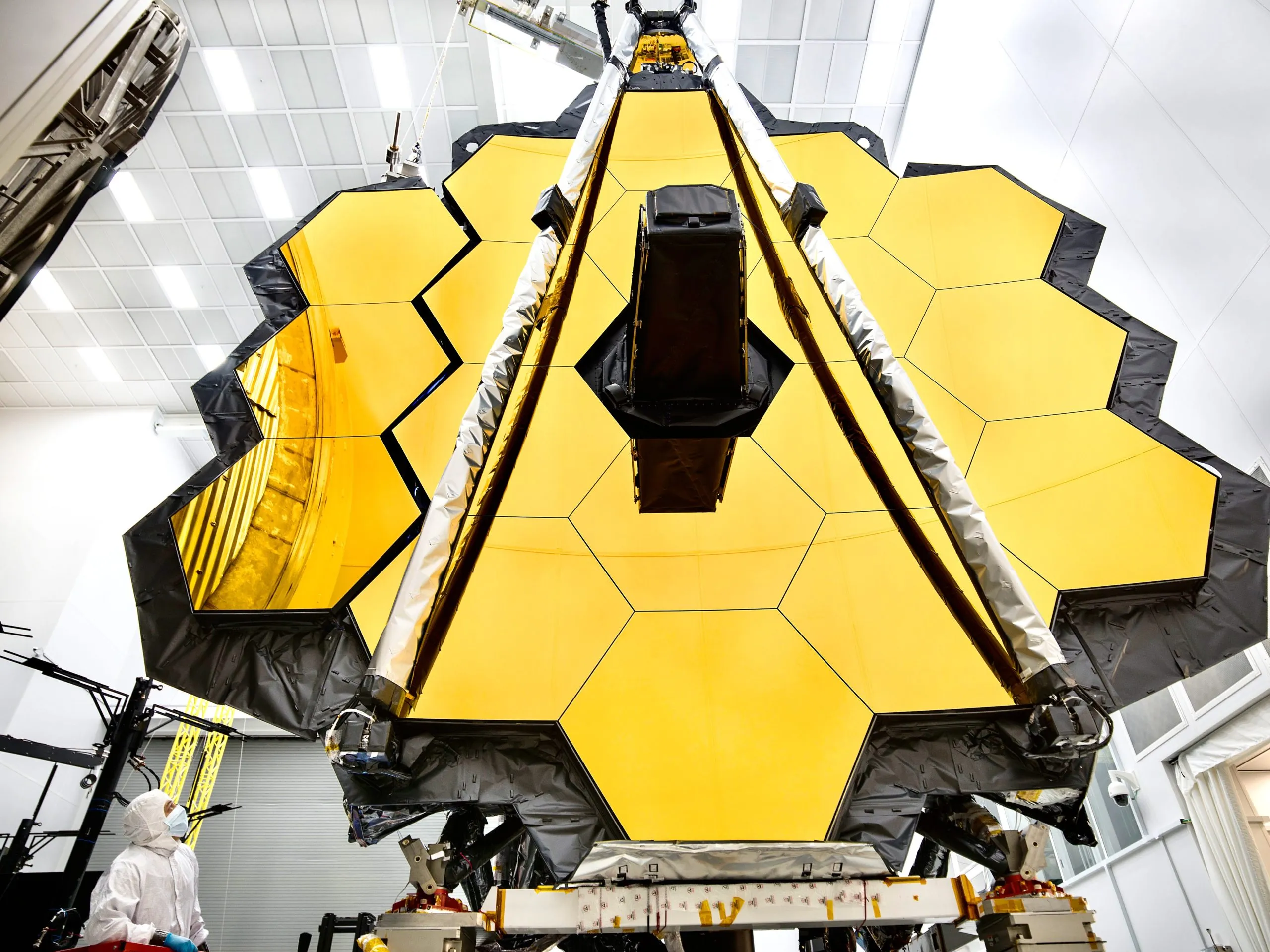James Webb telescope captures ‘monster’ galaxy

A new image obtained by the James Webb Space Telescope shows the nearby galaxy Messier 106 — a spiral galaxy that is particularly bright. Located just 23 million light-years away (relatively close by galactic standards), this galaxy is of particular interest to astronomers because of its lively central region, called the active galactic nucleus.
At a distance of just 23 million light-years from us, this galaxy is of particular interest to astronomers because of its lively central region, called the active galactic nucleus.
The high level of activity in this central region is thought to be related to the «monster» that lurks at the galaxy’s heart. Like most galaxies, including our own, Messier 106 has a huge black hole at its center, called a supermassive black hole. However, the supermassive black hole in Messier 106 is particularly active: it absorbs dust and gas from the surrounding space. In fact, this black hole eats so much matter that as it spins, it warps the gas disk around it, causing jets of gas to fly out of the central region.
The black hole eats so much matter that as it spins, it warps the gas disk around it, causing jets of gas to fly out of the central region.
The galaxy has a remarkable feature — it has two «anomalous» extra arms that are visible not in the visible but in radio and X-ray wavelengths. And unlike the usual arms, they are not made up of stars, but of hot gas. Astronomers believe that these additional arms arise as a result of black hole activity — a feedback effect observed in other galaxies as well. They are likely caused by «escaping» matter generated by the violent «churning» of the gas around the black hole, which creates a phenomenon similar to a wave crashing from the ocean when it hits a rock near the shore.
They are also likely to be the result of a strong «churning» of the gas around the black hole, which creates a phenomenon similar to a wave crashing from the ocean when it hits a rock near the shore.

This nearby spiral galaxy, located about 23 million light-years away in the constellation Canes Venatici, is practically a neighbor by cosmic standards. Messier 106 — one of the brightest and closest spiral galaxies to us. Two supernovae were observed in this galaxy in 1981 and 2014.
Messier 106 — is one of the brightest and closest spiral galaxies to us.
The full near-infrared camera (NIRCam) image shows the active galactic nucleus at the center in bluish-white tones, surrounded by orange and red regions representing warm gas. The green and yellow regions — are additional arms of the galaxy formed by abrupt gas emissions. The center glows brightly as material being devoured by the black hole causes the gas to spiral, creating friction and making it so hot that it glows, as seen in the telescope’s infrared.








